MILAN, Tenn. - Plumes of smoke rising from the No-Till fields of the University of Tennessee's Research & Education Center may have caused some apprehension for citizens of Milan, Tenn., on April 7, 2011.
However, the smoke seen on the horizon that windy morning billowed from a blaze that was not at all accidental.
Milan Army Ammunition Plant firefighters, emergency medical technicians, employees of the United States Department of Agriculture, employees of the Natural Resource Conservation Service, and administrators from the University of Tennessee, participated in what the group called a "prescribed burn."
A prescribed burn, or controlled burn, is a fire that agriculture and safety authorities use as a method of hazard reduction. In other words, to prevent out-of-control fires, these engineers set fires that can be controlled.
Ron Neff, chief of the risk management division for MLAAP, who oversaw the burning activity, said, "These guys are learning how to control fire with fire."
Neff explained that members of each agency agreed to work together for the shared benefit of the group. The UT experiment station grows switch grass for use as an experimental alternative fuel. When experiments are complete, Dr. Blake Brown, the UT Research Center's director, must dispose of the leftover switch grass to prevent this fast-burning material from becoming a fire hazard.
Instead of cutting-down and bundling the leftovers, agriculture experts prefer to burn the grass for quick and thorough removal. Not only does this burning remove all of the grass, but it also enriches the soil by replenishing the nutrients therein.
Brown reached out to Mike Hansbrough, private lands biologist for the USDA's Natural Resources Conservation Service, suggesting that they use this opportunity to give prescribed burning training to those who need it. The team developed a program that would allow participants to achieve certification in prescribed burning, helping trainees meet their individual requirements for employment.
In accordance with the burn plan, Hansbrough uses a drip torch filled with diesel fuel to start the backfire at the edge of the field. Flaming drops of diesel fall from the spout of the torch and set a boundary of fire.
Behind the quickly-moving fire is a line of broken ground several feet wide. This eliminates the possibility of the fire burning back toward the trees. With no fuel behind and an abundance of fuel in front, the fire "walks" across the field, away from the woods.
Trainees learned to shepherd the fire, ensuring that the surrounding Bermuda grass did not catch the fire, using hand tools such as shovels, rakes, and flappers-poles attached to flexible flaps used to "mop-up" the edges of the fire.
Hansbrough instructed the group, "Don't attack the head [of the fire] directly; go to the flank."
Hansbrough demonstrated that flapping the head of the fire could scatter embers and cause unwanted, stray flames.
Conservationists with the NRCS, learning from Hansbrough's techniques, earned their Level I Planner certification for prescribed burns to complement their 16 hours of coursework.
Members of the Milan Army Ammunition Plant were on-hand both to receive the valuable training and to lend their services if needed.
The burn successfully removed several acres of switch grass. No one was injured in the fire.
The University of Tennessee's Research & Education Center is located on the northwest edge of Milan Army Ammunition Plant on land that once belonged to the installation. This land was donated to the University of Tennessee in 1962.
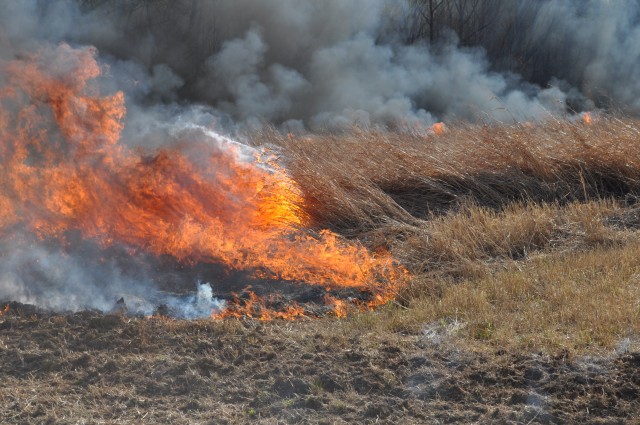
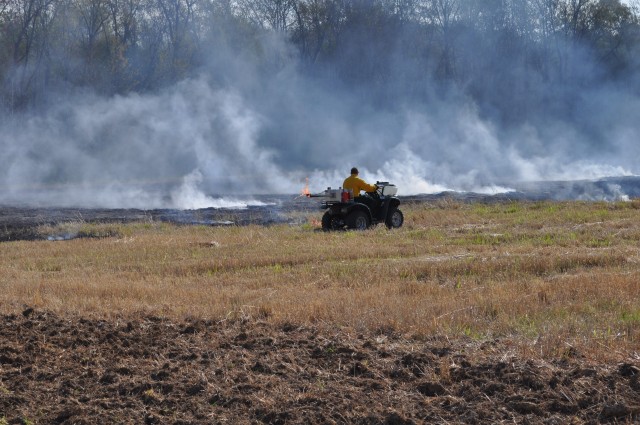
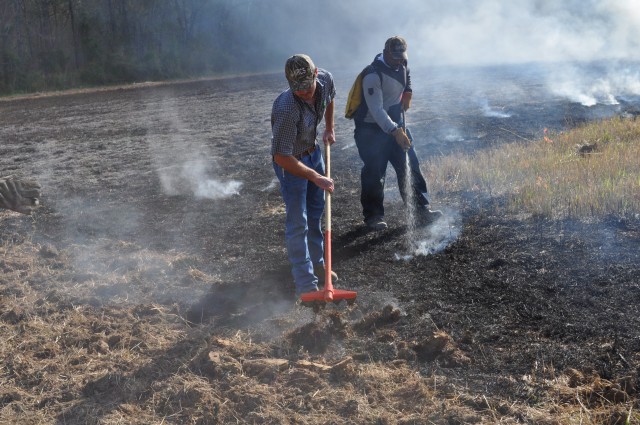

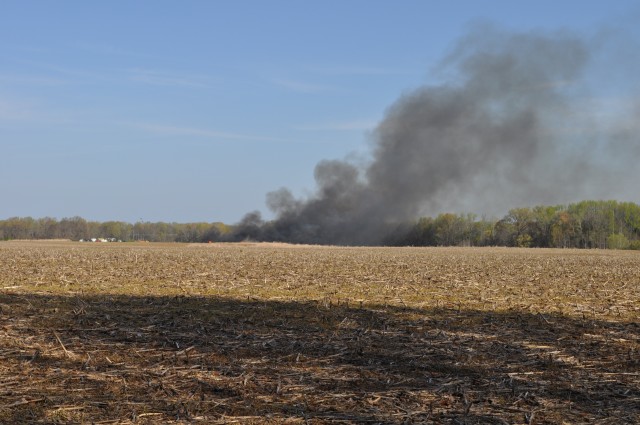

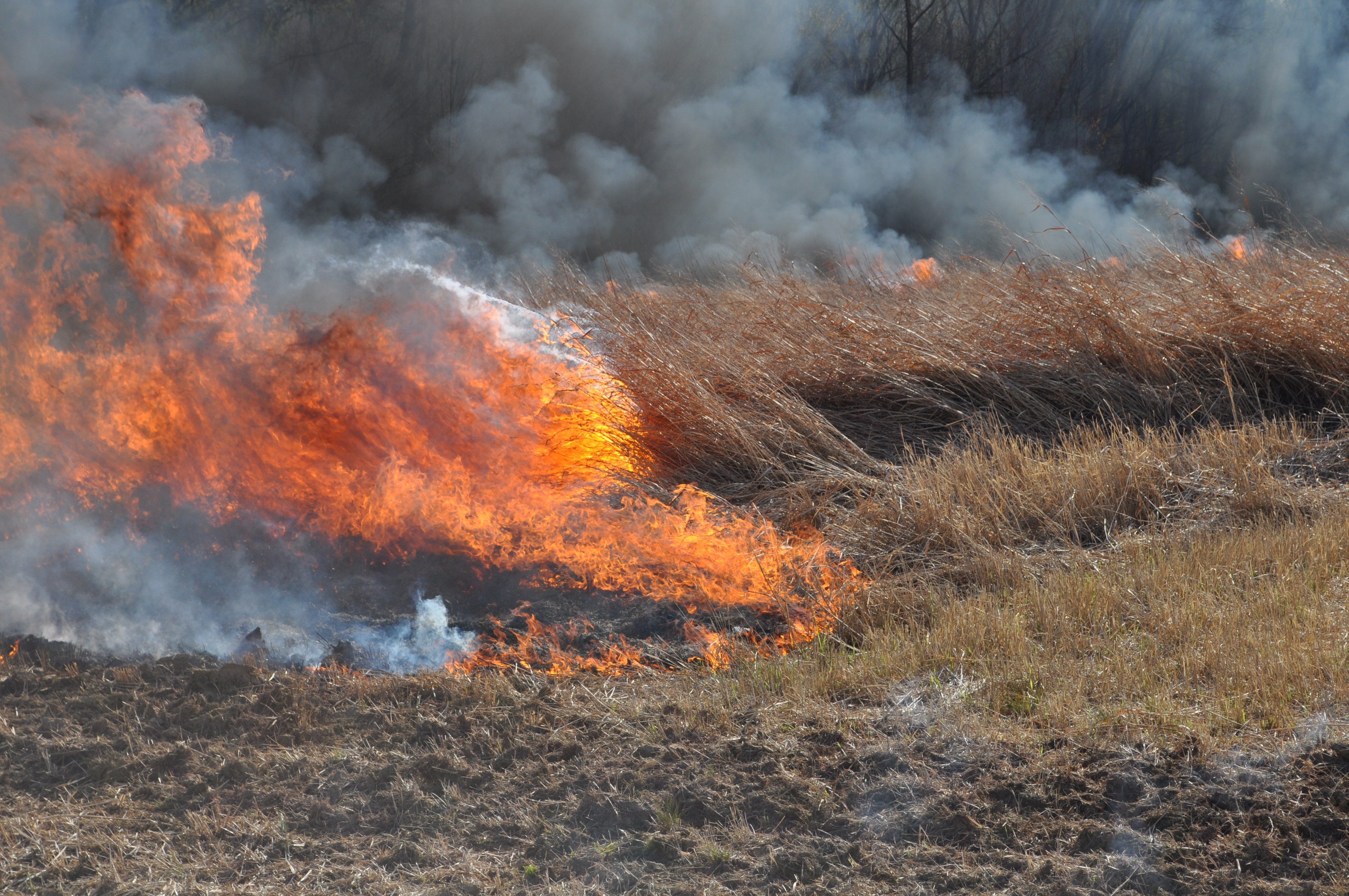
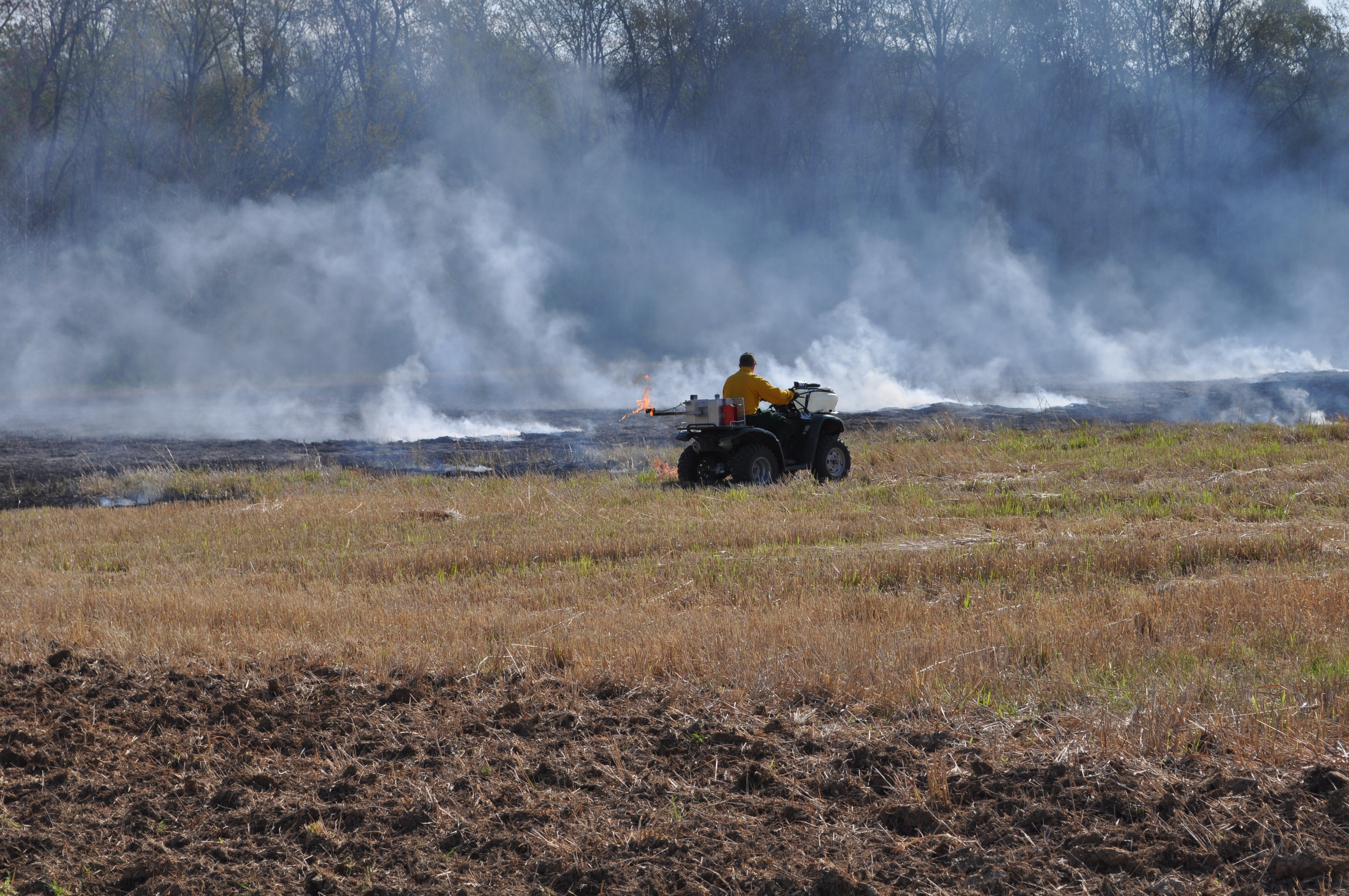
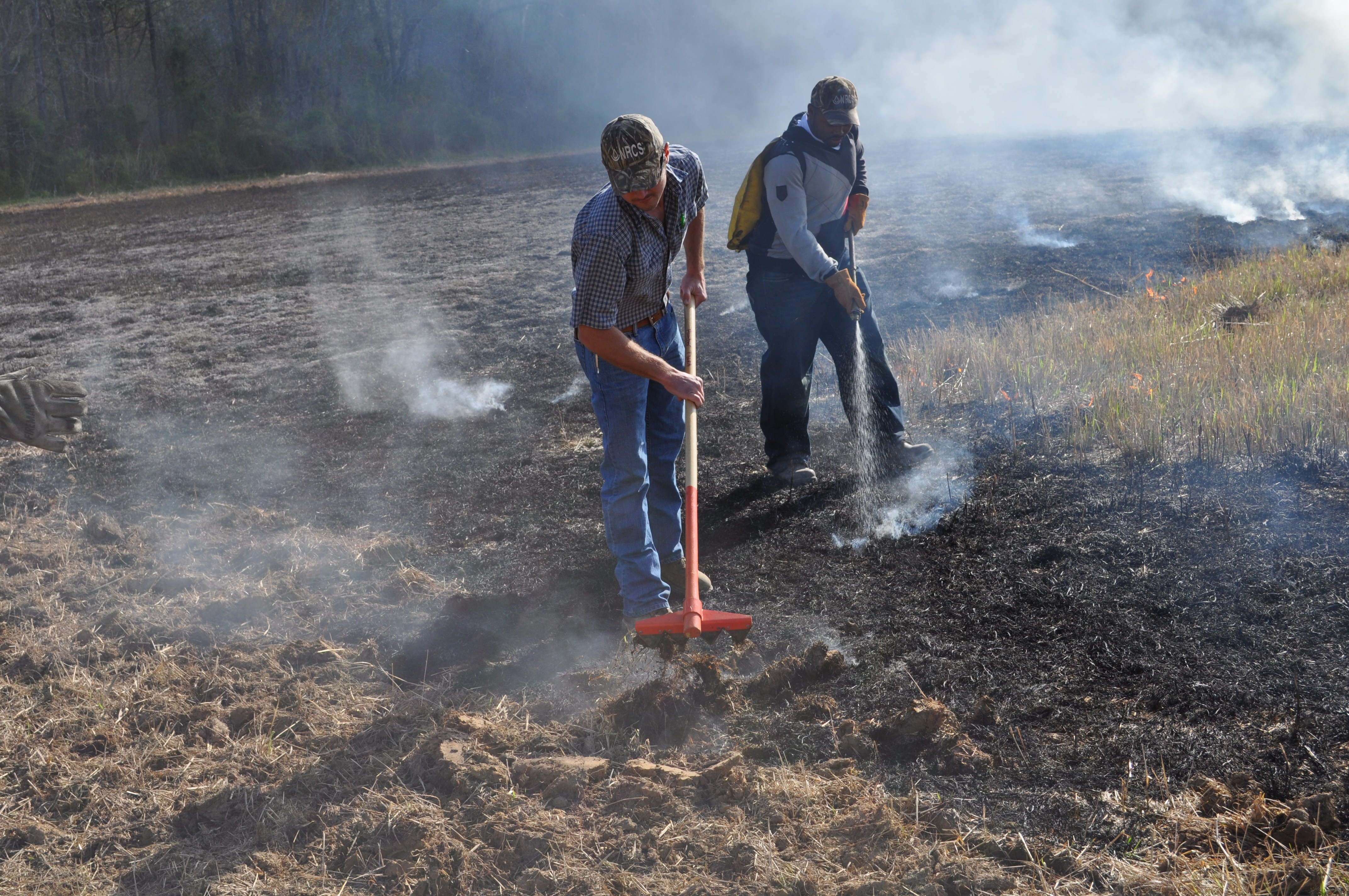
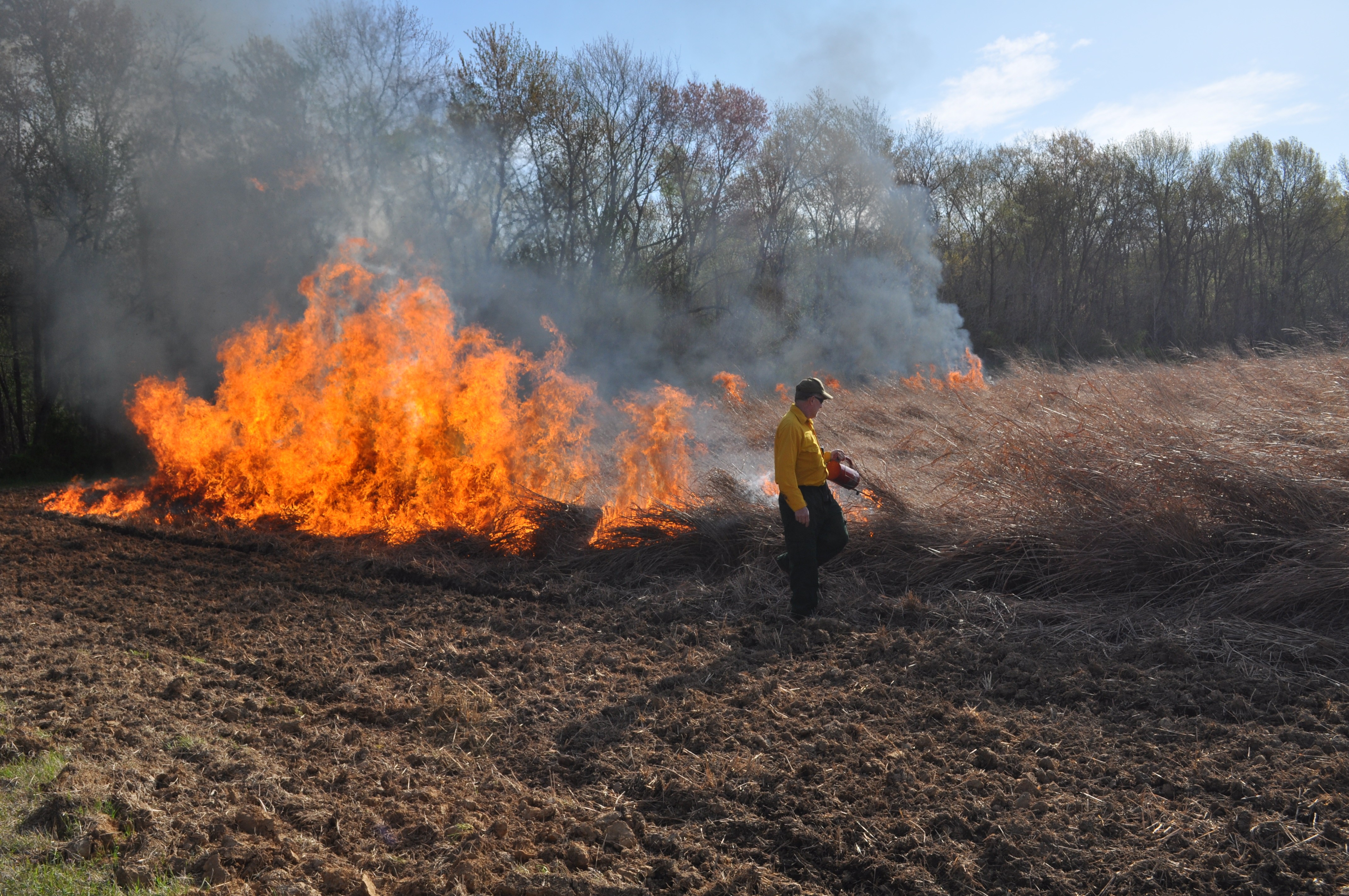


Social Sharing